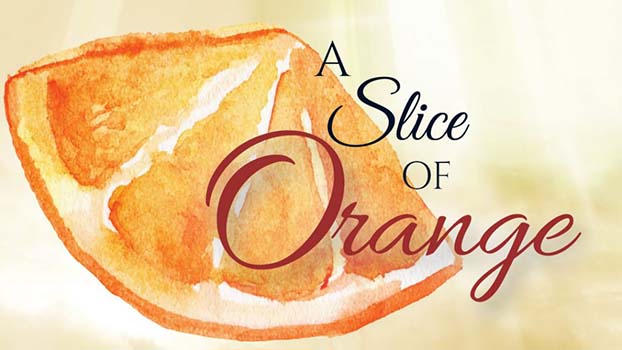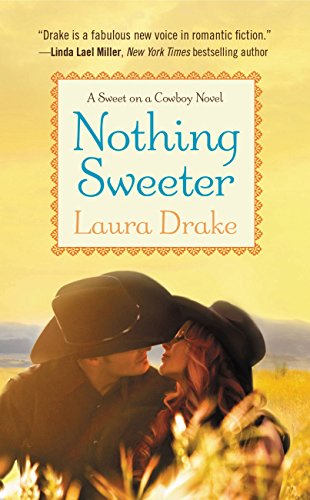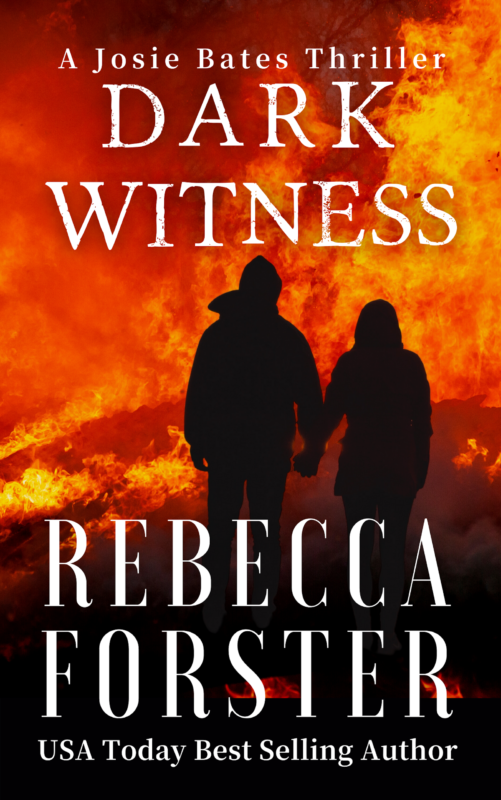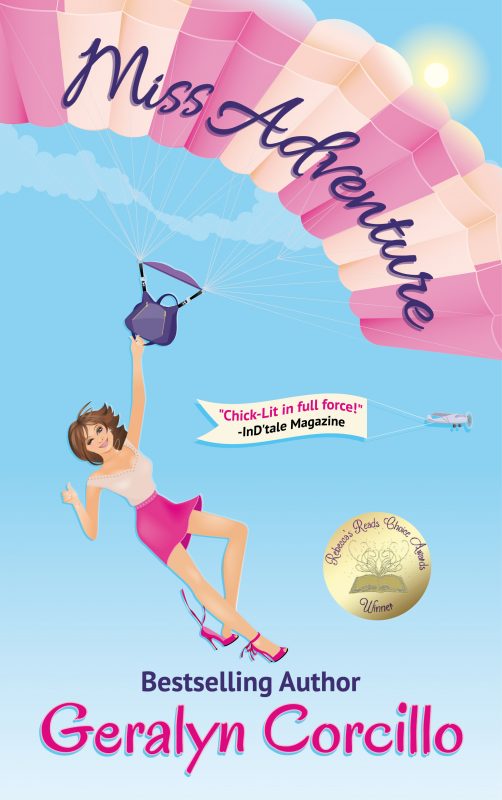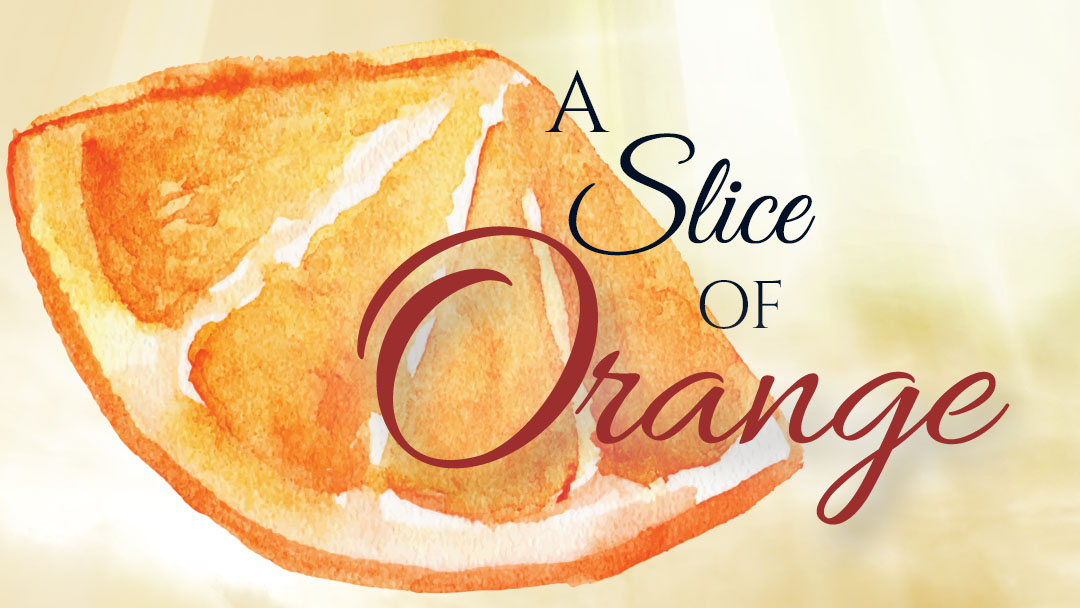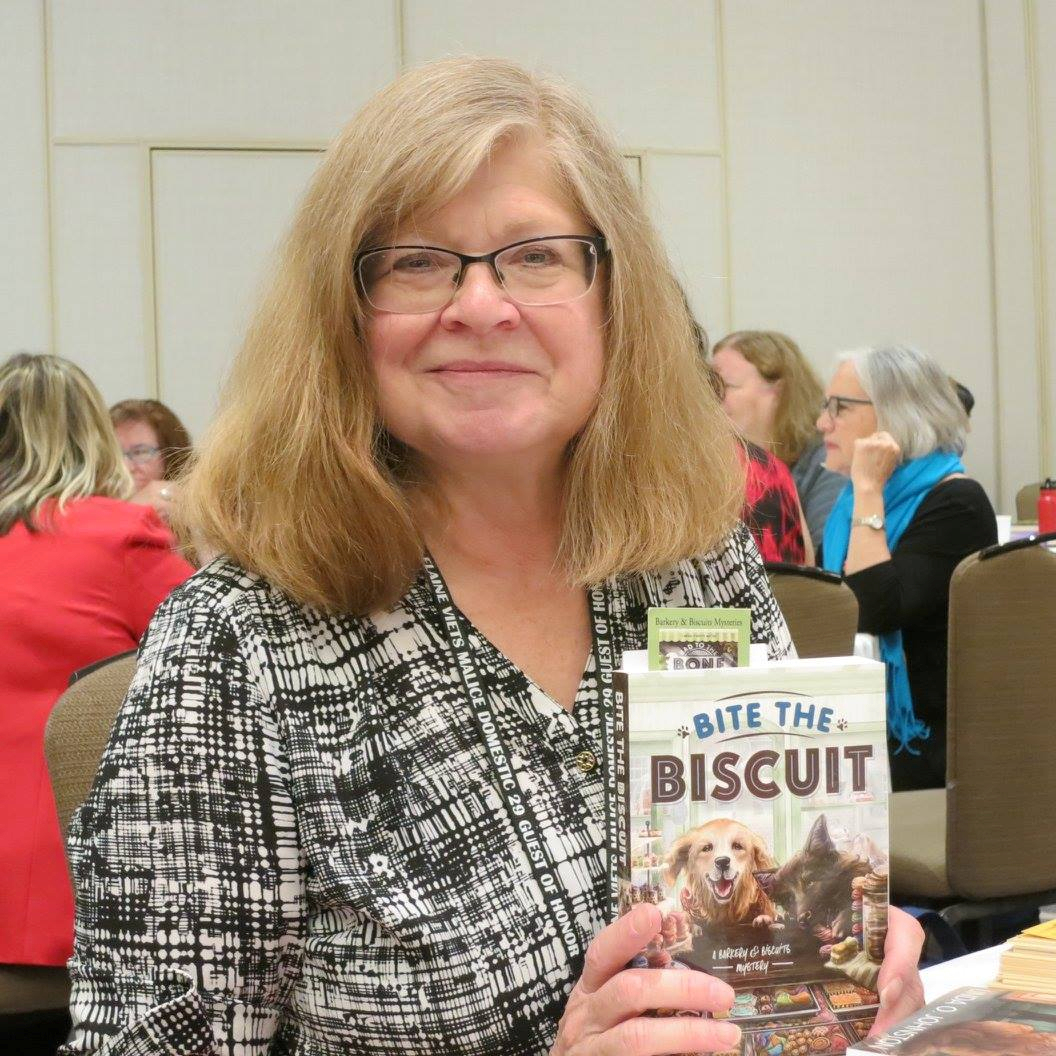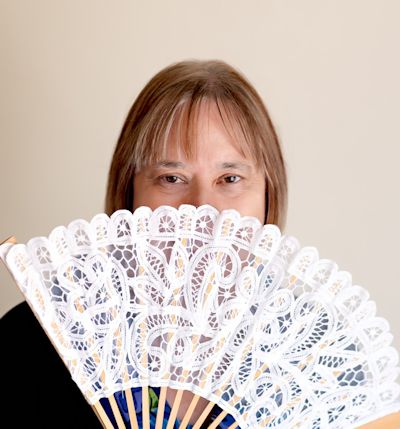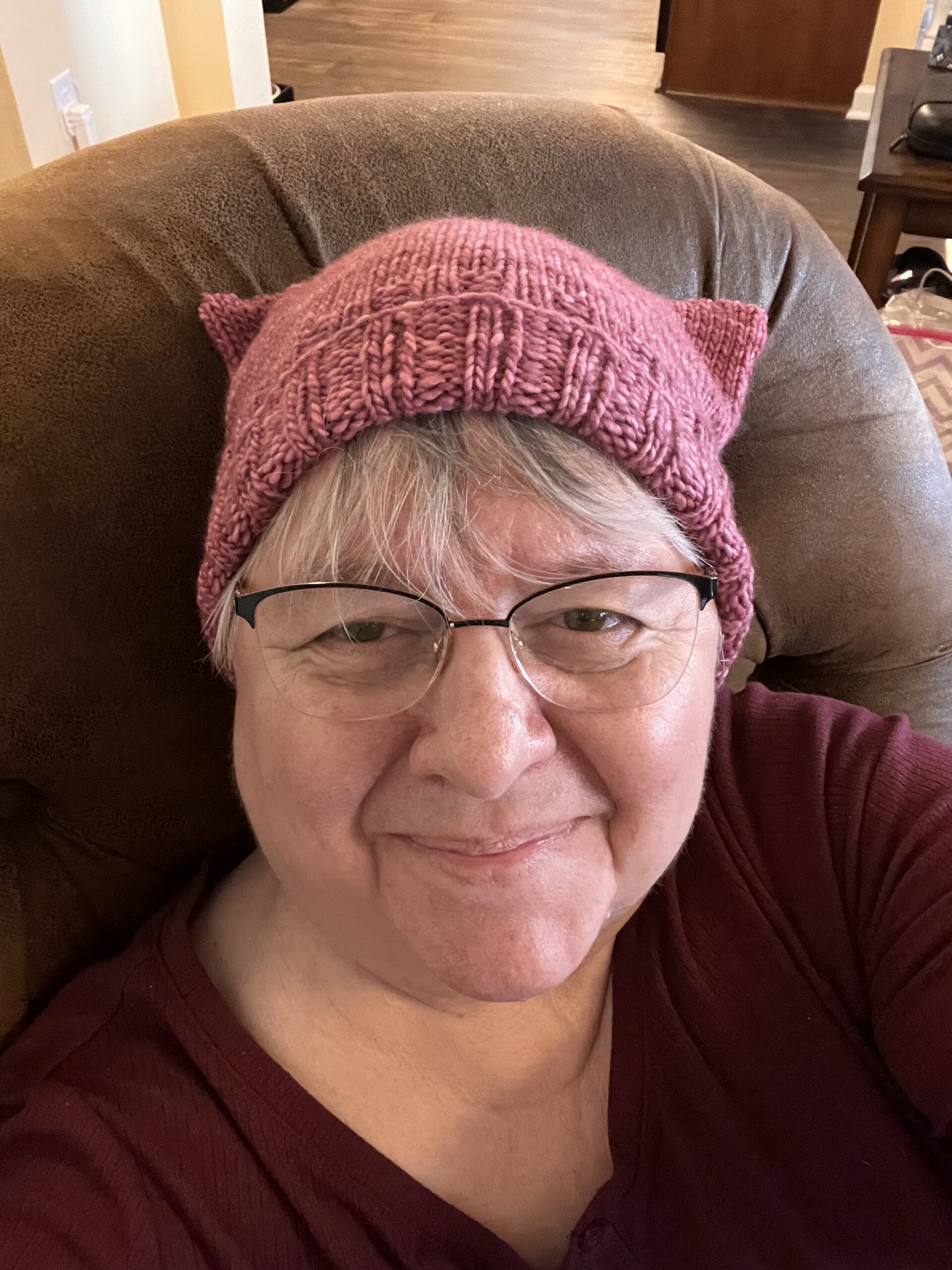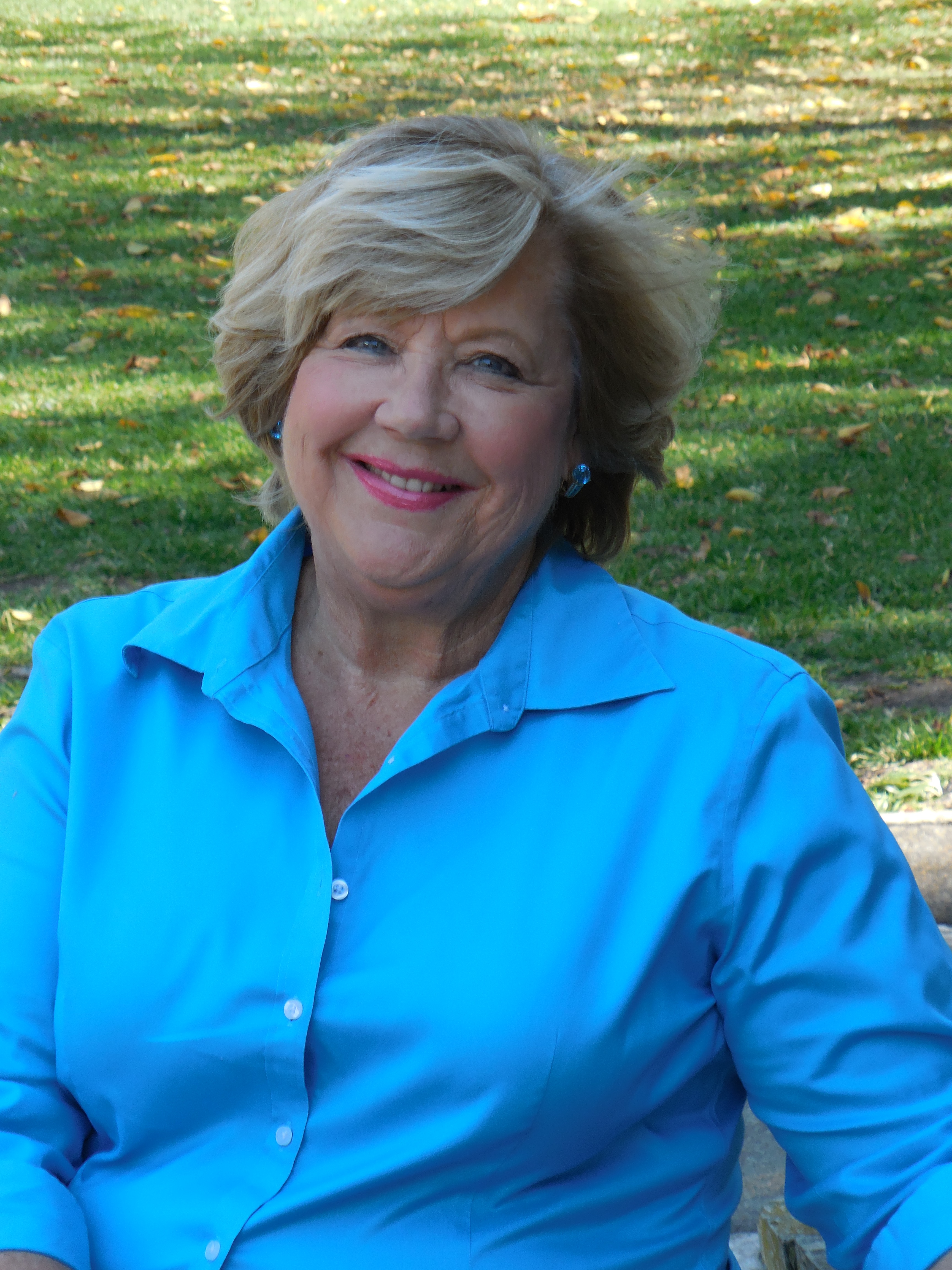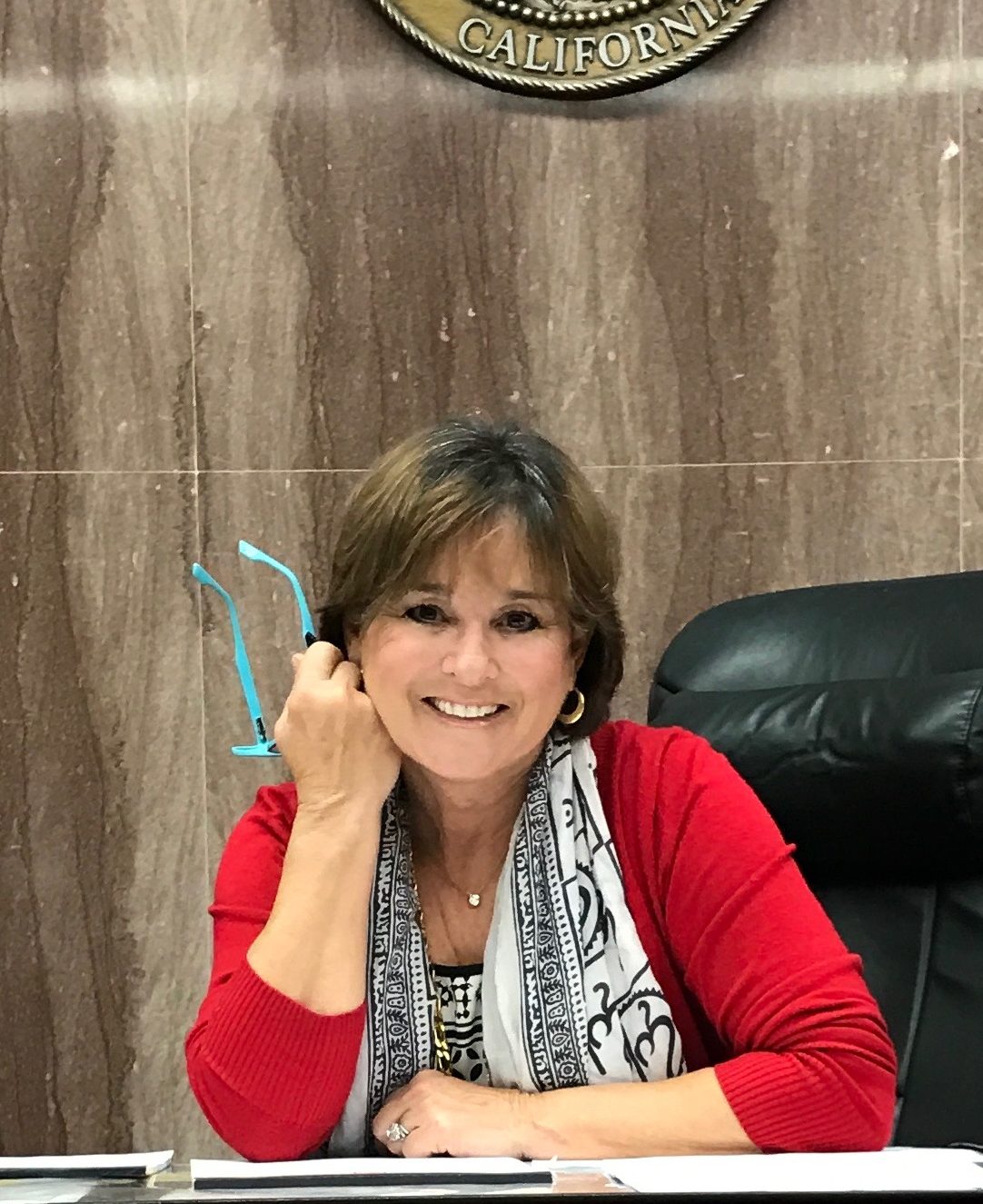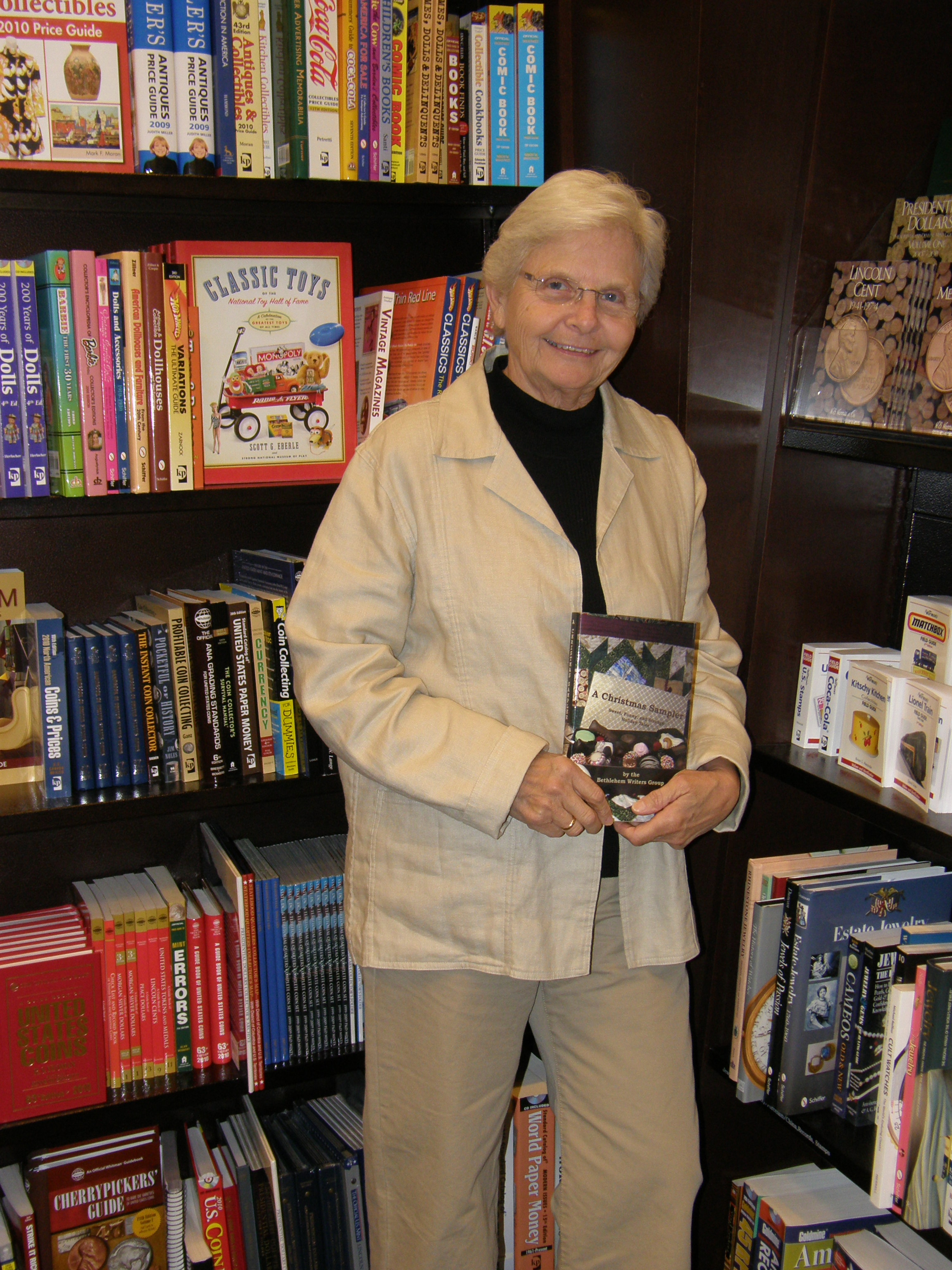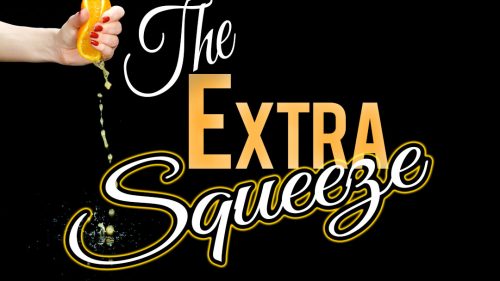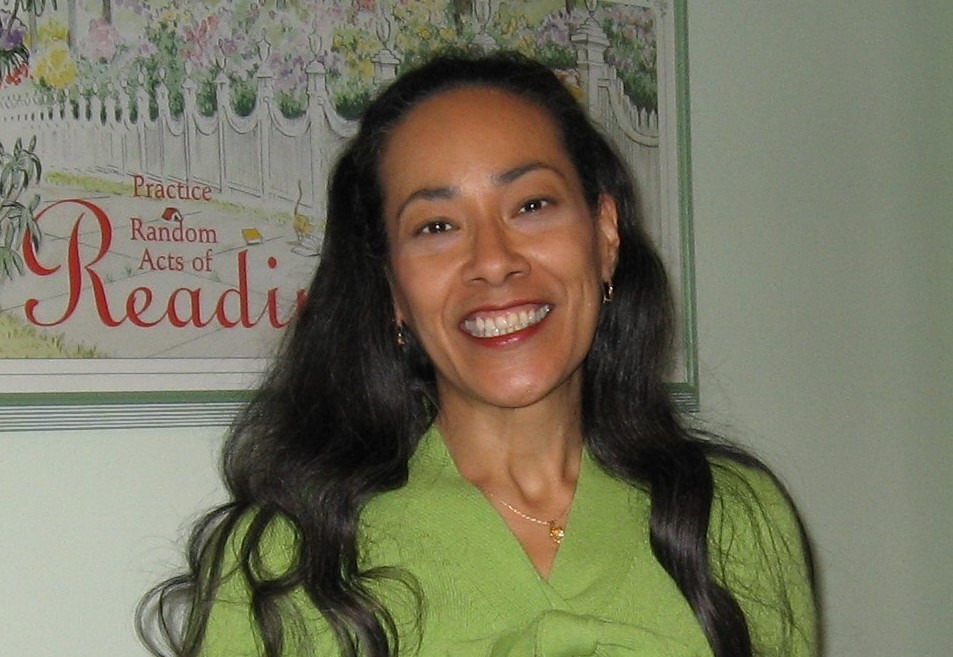Critique Groups or Beta Readers?
March 3, 2019 by Janet Elizabeth Lynn and Will Zeilinger in category Partners in Crime by Janet Elizabeth Lynn & Will Zeilinger tagged as Beta Readers, critique groups, editing, Proofreading
What’s the difference and why do we need them anyway?
by
Will Zeilinger
Janet and I co-write the Skylar Drake Mystery series and we’ve had people say to us, “I guess you proofread each other’s work.”
Both of us are intimately involved in the writing and initial editing, as such, we can get too close to it and sometimes miss big issues. That’s why we would never submit something for publication without the help of critique groups and/or beta readers to assist us.
What exactly, are we talking about? Maybe this will help.

Beta Readers are individuals who evaluate your manuscript by reading it through and telling you about flaws or holes in your story. Beta has come to mean a sort of testing phase and that is what a beta reader does. You have them read your work as a way of testing it for readability, and overall structure.
A Critique Group is made up of several people (usually writers, but sometimes includes readers) who meet together. You as an author, provide a short story or maybe a chapter from a novel for the group to read and critique.
Let me stop here—The very word ‘critique’ is based on the word criticism, and in our culture that word has taken on a negative connotation, since to criticize someone’s writing usually means to tear it apart. However, the dictionary definition of the word ‘critic’ indicates it is “someone who passes judgement on something, usually in reference to art and literature.”
That is a neutral statement…judgement can be either positive or negative, or a combination of both. So, it’s not, necessarily a bad thing.
This may all sound scary, especially to a beginning author. They’re taking your baby away from you and who knows what they will return in its place? Will your prose become something unrecognizable? After all the hours, days, and nights of sweat and deprivation…will they drop a piece of crap in your lap?

Here’s the truth: Having another set of eyes and an impartial opinion of your work-in-progress is an essential step if you are planning to self-publish, but it can also help you in the quest to secure an agent or publisher if your plan is to go the traditional route with your work.
“But it’s gonna hurt!” you say. Don’t look at it that was. This is where you have the power to accept or reject any suggestions or critiques of your work.
As a career graphic designer, I remember vividly, the first critiques in my college classes. We all posted our concepts on the wall of the classroom. The professor would walk back and forth, making “hmmph” and “umm” noises before turning and asking the rest of us in class what we thought of each piece. There were, of course, a variety of reactions to them.
As students, we’d take each into consideration. I didn’t always accept their suggestions, but I needed to hear and see it because I’d been too close to my work to be objective.
One of the things my professor said that I’ve carried over into my writing was when he would hold his hand over a portion of the drawing and ask, “Does this still work without this part?”
I found that eliminating nonessential pieces has helped streamline my work and make it read easier.
I needed to learn to accept constructive, positive critiques in either my designs or my writing, and discount those that were not pertinent or objective.
Letting others check your work-in-progress is a great way to improve your writing and make friends too. Your choice: Beta Readers or Critique groups or both. Find the right one for you.
1 0 Read moreTelephone Booths in the 1950s by Will Zeilinger
February 3, 2019 by Janet Elizabeth Lynn and Will Zeilinger in category Partners in Crime by Janet Elizabeth Lynn & Will Zeilinger tagged as Fads, Researching Historical Fiction, the 1950s
Ah, the convenience of a smartphone. Almost all of us have one (or more) of these tiny mobile computers and telephones, in one.
Believe it or not, the first mobile telephone call from a hand-held device wasn’t made until April 3, 1973. Cellular phones and smartphones were still decades in the future.
Now, let’s take a look back to the mid-1950s and see what calling home entailed.

If you were not at home, the first order of business was to find a telephone, and you had better have had a pocketful of change because you paid to talk.
In the U.S., one could find “pay phone” inside a telephone booth or just “phone booth” for short, as they were called, on many street corners and in most commercial establishments. On the street, the ubiquitous phone booth featured a folding glass door that afforded some privacy and protection from the elements. They were not air-conditioned, but when you stepped inside and closed the door, an overhead light would come on. That feature was especially helpful at night. By the mid-1950s, most were upgraded from a wood and glass structure to a weatherproof glass and aluminum booth that was large enough for one (maybe two, if you were friends).
If you’re too young to have seen one in person, you’ve no doubt, seen them in old movies and TV shows.

They were found inside almost any hotel, train station, bank, restaurant or office building. You would have seen rows of wooden phone booths lining a wall somewhere near the entrance. Many of them had a seat inside for long conversations. During breaks between the action at conventions or meetings, people would line up to use the half dozen or so telephones in larger hotels, and in smaller hotels, there may have been two or three.
Today many hotels and convention spaces have mysterious empty areas that will cause the visitor to wonder the reason behind the wasted space. The answer is telephone booths once stood in those places before they were removed because they were no longer needed.

To make a call you would first deposit a nickel or dime in one of the round holes at the top. “Dial” it on the rotary dial . . . one digit at a time. A live telephone operator would come on the line and tell you how much money to put in, based on the number. If you didn’t know the person’s number, you’d look up the person by name from the telephone directory book, suspended under the phone. If you needed to make a long distance call, the live operator would handle that for you as well.

Since the 1950s were part of a decade of fads, one popular fad was “Phone Booth stuffing.” The point of this was to see how many people would fit into a phone booth designed for one person. From what I could learn, the record for cramming the most people into a standard sized telephone booth was 25. This was accomplished by a group of South African college students.
Too many people? You want a little privacy when you make a phone call? In today’s culture, it is becoming increasingly difficult to find privacy in a public place when you need to have a conversation (except maybe, in your car) I’m sure you’ve been in a restaurant or standing in a checkout line, and had to endure someone’s inane conversation right behind you or next to your ear. Well—good news! Some establishments are resurrecting telephone booths by providing an enclosed compartment with a comfortable seat and a door (see phone booth) for people to make or take private cell calls without having to go out to the parking lot. What goes around,comes around.
2 0 Read more
Partnering in Writing: Tripping to Places & Times by Janet Elizabeth Lynn
January 3, 2019 by Janet Elizabeth Lynn and Will Zeilinger in category Partners in Crime by Janet Elizabeth Lynn & Will Zeilinger tagged as co-writing, Janet Elizabeth Lynn, Research for Writers, traveling, Will Zeilinger, writing partners
My husband, Will Zeilinger and I co-write the Skylar Drake Murder Mysteries. A hardboilded detective series that takes the reader to 1950s Los Angeles and other areas of the west. Our next book, GAME TOWN, will be available Spring 2019. Needless to say, at this time we are in the throes of writing and researching!
Someone said, “You can’t write about old Hollywood unless you experience it.” This is so true! Neither my husband nor I are from LA and didn’t experience gang infested 1950s LA. So we take field trips, such as the Raymond Chandler’s L.A. Tour. We research the clubs and hangouts of the time then visit the nightclubs, hotels, and restaurants (Turns out to be loads of fun).

To begin our journey for this series, (even before we started writing), we took a trip to San Diego and the Sheriff’s Museum. We called ahead and scheduled interviews with several retired policemen, including one that worked the L.A. beat in the late 1950s. This gentleman was a wealth of information on police activity in Hollywood and the surrounding area. Our first novel in the series, SLIVERS OF GLASS, takes place in spring, 1955 in Santa Rosa.

Research for STRANGE MARKINGS was mostly gathered on our trip to Molokai, Hawaii. Natives we interviewed told us about the many legends and what it was like living in the area in summer, 1955. As each person talked about their experiences, plots and subplots emerged for us.

We found people living in the areas at the time each book took place and interviewed them. Since DESERT ICE takes place in Las Vegas, Fall, 1955. We interviewed a dancer who worked on the, then new, strip. Will also had a college buddy who lived in Boyle Heights in the 50s, so we interviewed him and his sister for the same book where the first murder takes place.

SLICK DEAL takes place in Winter of 1955, is base on interviews with local people in Signal Hill, and Avalon, on Catalina Island all in southern California. After lengthy interviews my husband and I commented how the spoken word conjures up images and ideas so easily.
GAME TOWN, our fifth book in the series due for release in April 2019, takes place in spring, 1956. We decided to keep it in Hollywood for the first time. We recently took an afternoon and drove around old Hollywood looking for body dumps that would have been in existence in 1956. We stumbled upon a lovely apartment building, El Royale, circa 1929. We weren’t allowed in the building without permission from a resident, so we drove around and looked it up on the internet when we got home. What an amazing place for several scenes!
Whether writing about faraway places, or in a different era, visiting locations or places that imitate the area helps us develop plots. Interviews with those familiar with the time or location add “flavor” to our story. So if you are writing about a famous lodge in Switzerland, take a trip to a Ski Lodge close to you when it snows.
The results of our research? SLIVERS OF GLASS, STRANGE MARKINGS, DESERT ICE, SLICK DEAL and coming soon, GAME TOWN . . . and yes, we’re still married.
Website: www.janetlynnauthor.com
Blog: www.themarriedauthors.blogspot.com
Vintage 1950s Holiday Music
December 3, 2018 by Janet Elizabeth Lynn and Will Zeilinger in category Partners in Crime by Janet Elizabeth Lynn & Will Zeilinger tagged as Christmas Music, Holiday Music, memory lane, rock-and-roll, Vintage 1950sVintage 1950s Holiday Music
by
Janet Elizabeth Lynn
I thought it would be nice to listen to some of the music that we still hear during the Christmas Holidays. I’ve included the links for your “waltz down memory lane”. Here are the top ten Christmas hits in the1950s.
(In chronological order of release)
 (There’s No Place Like) Home for the Holidays
(There’s No Place Like) Home for the Holidays
Home for the Holidays was written by Al Stillman and Robert Allen. It was a hit in 1955, but has also been recorded by numerous other artists. Listen on YouTube
 I Heard the Bells on Christmas Day
I Heard the Bells on Christmas Day
In 1956, Bing Crosby’s version was released as a single. Longfellow’s poem resulted when his personal peace was shaken. His second wife of 18 years was tragically burned in a fire, leaving him a widower of six children. Soon after, Longfellow’s oldest son, Charles Appleton Longfellow, joined the Union Army, he was severely wounded in the battle. He wrote the poem December,1863. The lyrics were by Johnny Marks and John Baptiste Calkin. Listen on YouTube
 Nuttin’ for Christmas
Nuttin’ for Christmas
Also known as “Nothing for Christmas,” Nuttin’ for Christmas was a novelty Christmas song written by Sid Tepper and Roy C. Bennett. It became a hit during the 1955 Christmas season when it appeared in Billboard’s pop charts by five different artists. The highest-charting of the five recordings was released by Art Mooney and His Orchestra, with six-year-old Barry Gordon as lead vocalist. Listen on YouTube
 Mary’s Boy Child
Mary’s Boy Child
Mary’s Boy Child a 1956 Christmas song, written by Jester Hairston. It is widely performed as a Christmas carol. Harry Belafonte heard the song being performed by a choir and sought permission to record it. It was recorded for his album An Evening with Belafonte. Listen on YouTube
 Jingle Bell Rock
Jingle Bell Rock
The song was written and performed by Bobby Helms in 1957 and has received frequent airplay during every Christmas season since. The song has hit the Billboard charts a record six times since its original release. Listen on YouTube
 Blue Christmas
Blue Christmas
A Blue Christmas was written by Billy Hayes and Jay W. Johnson and most famously performed by Elvis Presley. Elvis Presley cemented the status of Blue Christmas as a rock-and-roll holiday classic by recording it for his 1957 LP Elvis’ Christmas Album. Listen on YouTube
 Run Rudolph Run
Run Rudolph Run
Run Rudolph Run was written by Johnny Marks and Marvin Brodie. The song was first recorded by Berry in 1958 released as a single. Listen on YouTube
 Rockin’ Around the Christmas Tree
Rockin’ Around the Christmas Tree
Written by Johnny Marks and recorded by Brenda Lee in 1958, Rocking Around the Christmas Tree was a rockabilly/rock-and-roll flavored Christmas tune. While it was ignored in its first two seasons, the song hit #16 on the Billboard pop chart during the Christmas season of 1960. Eight million copies were sold the first thirty years. Listen on YouTube
 The Chipmunk Song
The Chipmunk Song
The Chipmunk Song (Christmas Don’t Be Late) is a Christmas song written by Ross Bagdasarian Sr. (a.k.a. David Seville) in 1958. Bagdasarian sang and recorded the song, varying the tape speeds to produce high-pitched “chipmunk” voices for the chipmunks: Alvin, Simon, and Theodore. Listen on YouTube
 The Little Drummer Boy
The Little Drummer Boy
This song was originally called Carol of the Drums, a Czech folksong which Katherine Davis translated to English in 1941. When the Twentieth-Century Fox Records label contracted Simeone to make a Christmas album in 1958, he assembled a group he called The Harry Simeone Chorale and searched for recording material. Simeone changed the title to The Little Drummer Boy. Listen on YouTube
4 0 Read more
Perk Up! Ideas Float Through the Air
November 3, 2018 by Janet Elizabeth Lynn and Will Zeilinger in category Partners in Crime by Janet Elizabeth Lynn & Will Zeilinger tagged as ideas, inspiration, public
Perk Up!
Ideas Float Through the Air
Will Zeilinger
As authors, one of the most often asked questions Janet and I hear is, “Where do you get your ideas?”
 There are a myriad of answers. Inspiration is everywhere. We never know what may spark an idea for a scene, a section of dialog, a short story, or an entire novel. One of the many methods we employ, but don’t often tell when on stage or at a book signing is, “We eavesdrop.” Let me explain. The eavesdropping is not intentional. We may be out having dinner with friends and a conversation at a table next to us may be loud enough for us to hear.
There are a myriad of answers. Inspiration is everywhere. We never know what may spark an idea for a scene, a section of dialog, a short story, or an entire novel. One of the many methods we employ, but don’t often tell when on stage or at a book signing is, “We eavesdrop.” Let me explain. The eavesdropping is not intentional. We may be out having dinner with friends and a conversation at a table next to us may be loud enough for us to hear.
Standing in the checkout line at a big box store or supermarket is another. Snippets of conversations may drift past us and cause us to think…”That would fit perfectly in my story.” In this age of cell phones and in our daily travels, it is sometimes impossible to avoid overhearing private conversations. Some may think this rude, but if people are going to speak so loudly, it’s fair game.
Janet was at a buffet and overheard the parent say, “Son. If you’re going to take all that food you have to eat everything on your plate. If you don’t eat it all, you’ll have to sit and look at it.”

Even while on vacation, our “writer brains” won’t turn off. Several years ago we were on a trip to China. We overheard one of our tour members ask another while at lunch, “Don’t you think these people would get tired of Chinese food all the time?” The comment was not meant to be insensitive, but it was funny. We love to hear stories from people we meet while traveling. and we’ve used many excerpts from things we’ve heard.
We have heard random bits of conversations people don’t think others can hear. Will was standing in the customer service line at a home improvement store when he overhead to guys complaining about the small size of his imported car’s trunk. The guy said something like, “You couldn’t even stuff a dead guy in there if you had to.” Will used part of that in his book THE FINAL CHECKPOINT. In this mystery a headless corpse was found in the trunk of an abandoned sports car. The head was dumped somewhere else because it wouldn’t fit.
 Overhearing conversations is only one way of getting inspiration. People-watching at malls and airports are another way to get inspired. Everyone has something going on in their lives and as fiction writers, we can dream up plots from our imagination. In the course of hearing things the often warm our hearts, sometime they break our hearts and other times they are so funny that we have to bite our lip to keep from laughing out loud. Janet and I often look at each other, shake our heads and think, “You can’t make this stuff up.”
Overhearing conversations is only one way of getting inspiration. People-watching at malls and airports are another way to get inspired. Everyone has something going on in their lives and as fiction writers, we can dream up plots from our imagination. In the course of hearing things the often warm our hearts, sometime they break our hearts and other times they are so funny that we have to bite our lip to keep from laughing out loud. Janet and I often look at each other, shake our heads and think, “You can’t make this stuff up.”
Affiliate Links
A Slice of Orange is an affiliate with some of the booksellers listed on this website, including Barnes & Nobel, Books A Million, iBooks, Kobo, and Smashwords. This means A Slice of Orange may earn a small advertising fee from sales made through the links used on this website. There are reminders of these affiliate links on the pages for individual books.
Search A Slice of Orange
Find a Column
Archives
Featured Books
HER LOST LOVE
All she wants for Christmas is to save the man she loves…
More info →BECKONED, PART 1: FROM LONDON WITH LOVE
The regret of missed opportunity...
More info →DARK WITNESS
In a remote wilderness, a girl's life hangs in the balance. Josie Bates knows only one law can save her: survival of the fittest.
More info →MISS ADVENTURE
Can a daydreaming city girl find her backbone by going on daring adventures with an adrenaline junkie?
More info →Newsletter
Contributing Authors
Search A Slice of Orange
Find a Column
Archives
Authors in the Bookstore
- A. E. Decker
- A. J. Scudiere
- A.J. Sidransky
- Abby Collette
- Alanna Lucus
- Albert Marrin
- Alice Duncan
- Alina K. Field
- Alison Green Myers
- Andi Lawrencovna
- Andrew C Raiford
- Angela Pryce
- Aviva Vaughn
- Barbara Ankrum
- Bethlehem Writers Group, LLC
- Carol L. Wright
- Celeste Barclay
- Christina Alexandra
- Christopher D. Ochs
- Claire Davon
- Claire Naden
- Courtnee Turner Hoyle
- Courtney Annicchiarico
- D. Lieber
- Daniel V. Meier Jr.
- Debra Dixon
- Debra H. Goldstein
- Debra Holland
- Dee Ann Palmer
- Denise M. Colby
- Diane Benefiel
- Diane Sismour
- Dianna Sinovic
- DT Krippene
- E.B. Dawson
- Emilie Dallaire
- Emily Brightwell
- Emily PW Murphy
- Fae Rowen
- Faith L. Justice
- Frances Amati
- Geralyn Corcillo
- Glynnis Campbell
- Greg Jolley
- H. O. Charles
- Jaclyn Roché
- Jacqueline Diamond
- Janet Lynn and Will Zeilinger
- Jaya Mehta
- Jeff Baird
- Jenna Barwin
- Jenne Kern
- Jennifer D. Bokal
- Jennifer Lyon
- Jerome W. McFadden
- Jill Piscitello
- Jina Bacarr
- Jo A. Hiestand
- Jodi Bogert
- Jolina Petersheim
- Jonathan Maberry
- Joy Allyson
- Judy Duarte
- Justin Murphy
- Justine Davis
- Kat Martin
- Kidd Wadsworth
- Kitty Bucholtz
- Kristy Tate
- Larry Deibert
- Larry Hamilton
- Laura Drake
- Laurie Stevens
- Leslie Knowles
- Li-Ying Lundquist
- Linda Carroll-Bradd
- Linda Lappin
- Linda McLaughlin
- Linda O. Johnston
- Lisa Preston
- Lolo Paige
- Loran Holt
- Lynette M. Burrows
- Lyssa Kay Adams
- Madeline Ash
- Margarita Engle
- Marguerite Quantaine
- Marianne H. Donley
- Mary Castillo
- Maureen Klovers
- Megan Haskell
- Melanie Waterbury
- Melisa Rivero
- Melissa Chambers
- Melodie Winawer
- Meriam Wilhelm
- Mikel J. Wilson
- Mindy Neff
- Monica McCabe
- Nancy Brashear
- Neetu Malik
- Nikki Prince
- Once Upon Anthologies
- Paula Gail Benson
- Penny Reid
- Peter Barbour
- Priscilla Oliveras
- R. H. Kohno
- Rachel Hailey
- Ralph Hieb
- Ramcy Diek
- Ransom Stephens
- Rebecca Forster
- Renae Wrich
- Roxy Matthews
- Ryder Hunte Clancy
- Sally Paradysz
- Sheila Colón-Bagley
- Simone de Muñoz
- Sophie Barnes
- Susan Kaye Quinn
- Susan Lynn Meyer
- Susan Squires
- T. D. Fox
- Tara C. Allred
- Tara Lain
- Tari Lynn Jewett
- Terri Osburn
- Tracy Reed
- Vera Jane Cook
- Vicki Crum
- Writing Something Romantic
Affiliate Links
A Slice of Orange is an affiliate with some of the booksellers listed on this website, including Barnes & Nobel, Books A Million, iBooks, Kobo, and Smashwords. This means A Slice of Orange may earn a small advertising fee from sales made through the links used on this website. There are reminders of these affiliate links on the pages for individual books.
